Humans possess an innate affinity for the natural world, that is rooted in our evolutionary history. The close relationship our ancestors had with the natural world was necessary for their survival.
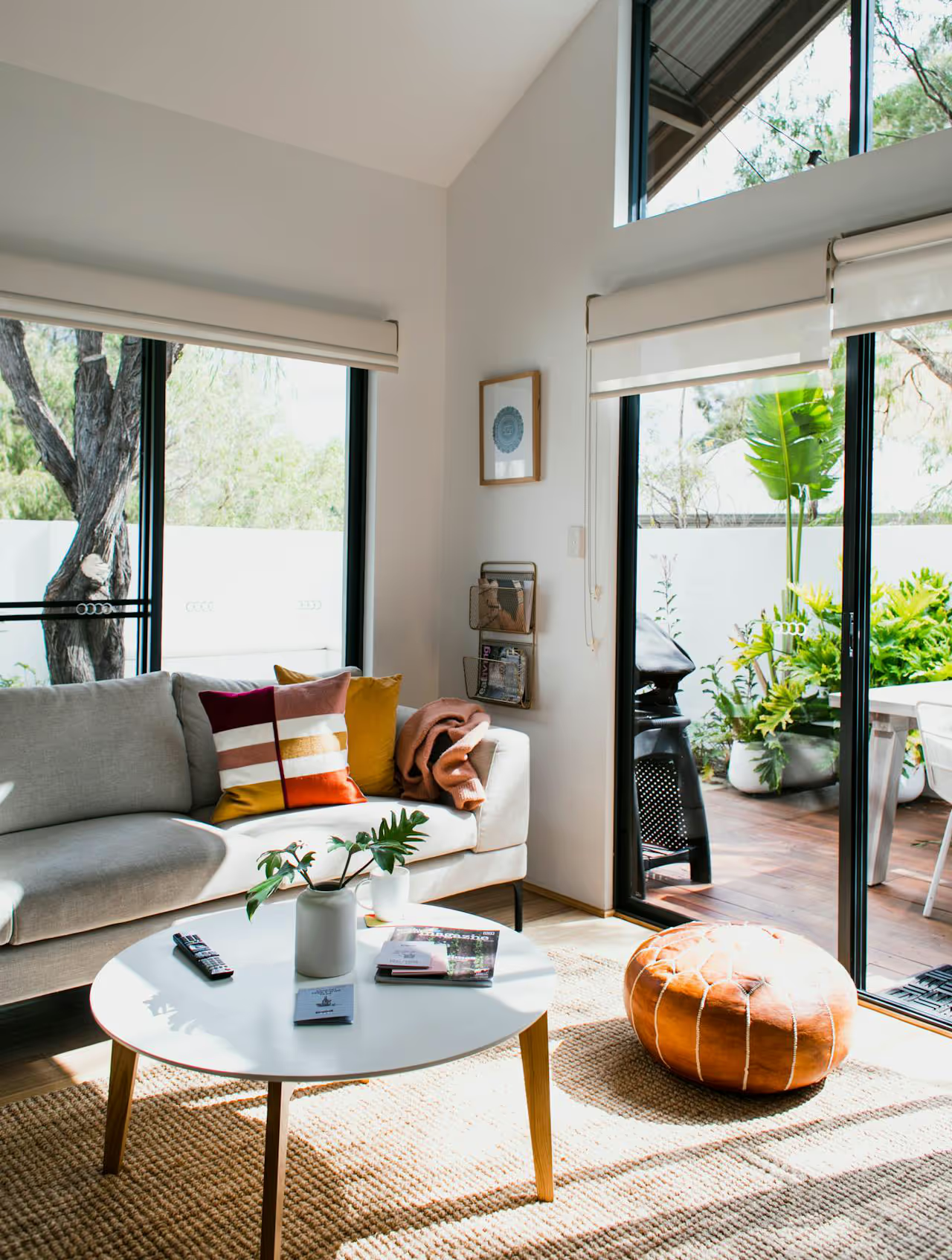
CREDIT: Rachel Claire
There’s something deeply calming about being surrounded by nature.
Whether it’s the sound of leaves rustling, the feeling of sunlight streaming through a window, or the sight of lush greenery, these natural moments remind us that we’re part of a bigger world.
This is the essence of biophilia – our innate human connection to nature – and it’s something we can embrace in our homes.
Does seeing a stunning view of green rolling hills make you happy? The sight of the sea? Does your heart sing when a robin joins you when you are gardening? Are you transfixed by the big dopey eyes of a puppy? Do you breathe in deeply the scent of spring blossom on the air? Are you energised by the sound of waves crashing on the beach?
This is the positive effect that nature has on us.
I strongly believe that connecting ourselves with nature is crucial to our wellbeing, and by embracing it we can enhance our lives.
Biophilic interior design is more than just aesthetics though. It is about bringing nature closer to us by introducing plants, daylight, organic textures and natural materials into our buildings.
Having more of these things in your home environment, whether you live in a tiny flat in a town centre, or a cottage in the country, will provide a positive impact on our everyday life.
Even pets makes an enormous difference. But a calming one, obviously. If your dog's constant barking is driving you potty, consult a dog behaviourist for some help.

CREDIT: Raúl Castaños
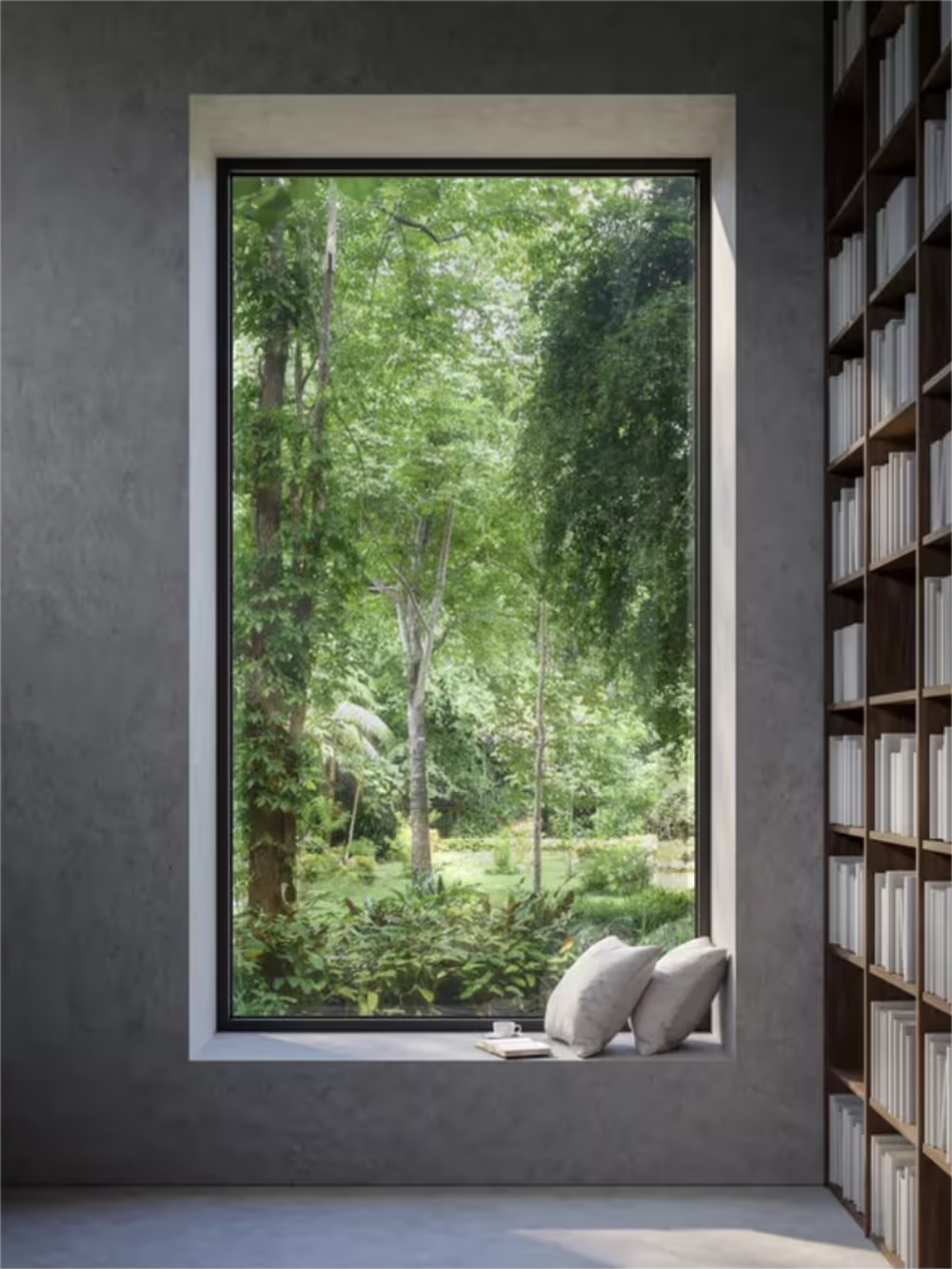
CREDIT: CREDIT: Griffwerk.de
We spend so much of our lives indoors – often without realising how disconnected we’ve become from the natural world.
When we bring natural elements into our surroundings and create a home interior that reminds us that we’re part of nature, not separate from it, it affects us on a deeper level than we might expect.
Biophilia helps us feel calmer and happier. Being surrounded by nature – or even by natural materials and light – has a measurable effect on our wellbeing. It lowers stress hormones, steadies the heart rate, and boosts mood. Think about how good it feels to step outside on a spring morning or walk through a woodland.
Biophilic design recreates some of that same feeling indoors, turning our homes into spaces that help us unwind rather than overstimulate us.
Natural light helps regulate our body clock, improving sleep and energy levels. Utilising natural light is crucial for boosting your energy levels as well as your mood. This is especially important if you work from home.
Daylight will also keep you more alert throughout the day, and has been proven to have several psychological benefits over artificial light bulbs.
You can increase natural light within your home by installing larger windows with thinner frames, adding skylights, or swapping to interior glazed doors that allow light to permeate deeper into the home. Or by simply using longer curtains poles so they don't cover any glass. Fit blinds outside the window reveal, and think about using sheers or voiles where you don’t need blackout. They soften light beautifully while keeping the room bright.
By strategically placing a large mirror in a room, natural light can be reflected, which will help make a space feel brighter and more open.
Fresh air improves the quality of the air in your home. If you can, open your windows wide and allow fresh air and the sounds of nature to flood into your home and your mind.
Take time to carefully listen to the sound of birds, and even rain or wind. Take in a lung full of fresh air, as this improves the function of your immune system and lifts your mood.
When our surroundings feel natural, our bodies respond instinctively – we breathe deeper, our shoulders drop, and we just feel better.
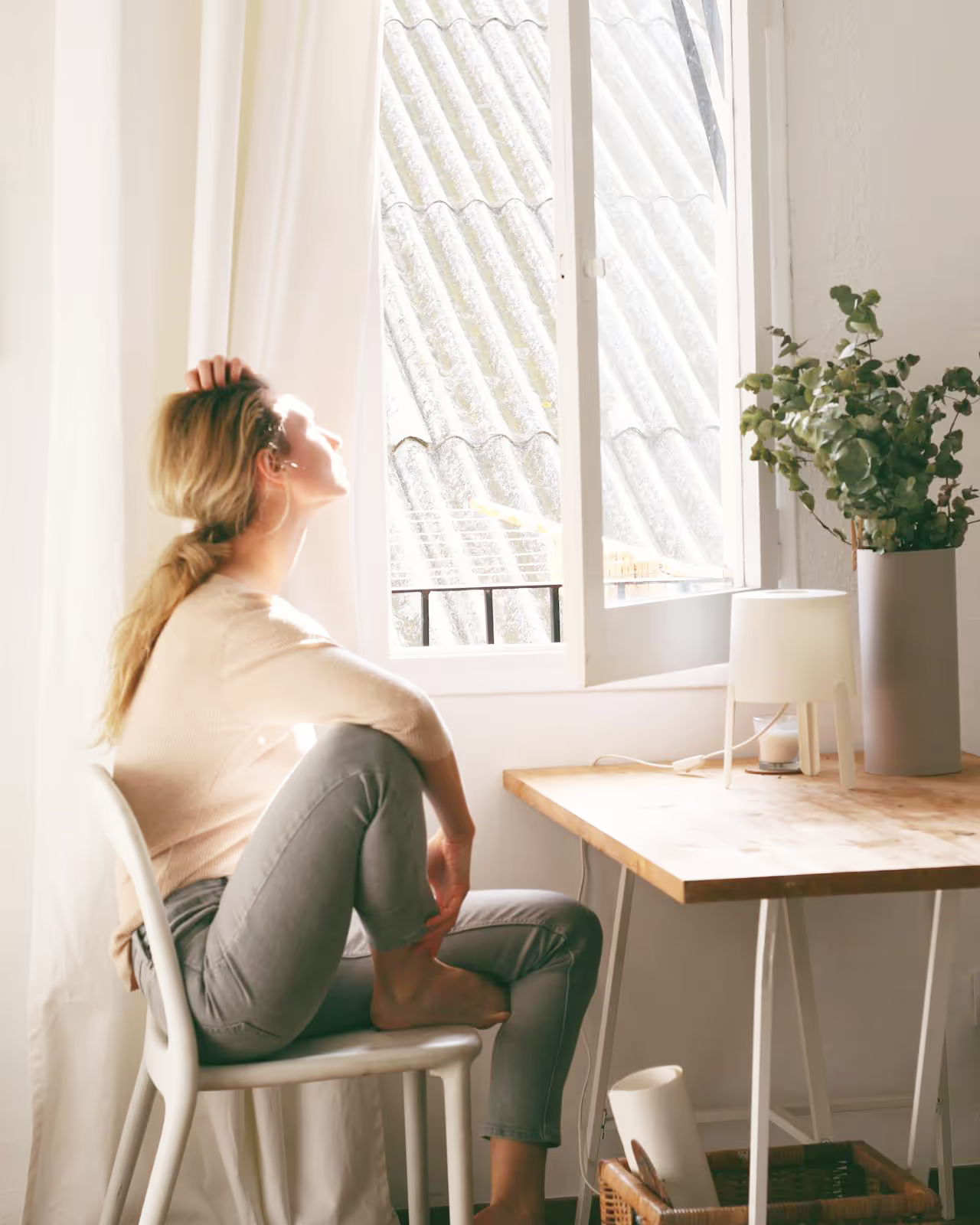
CREDIT:Tiana

CREDIT: Sami Abdullah
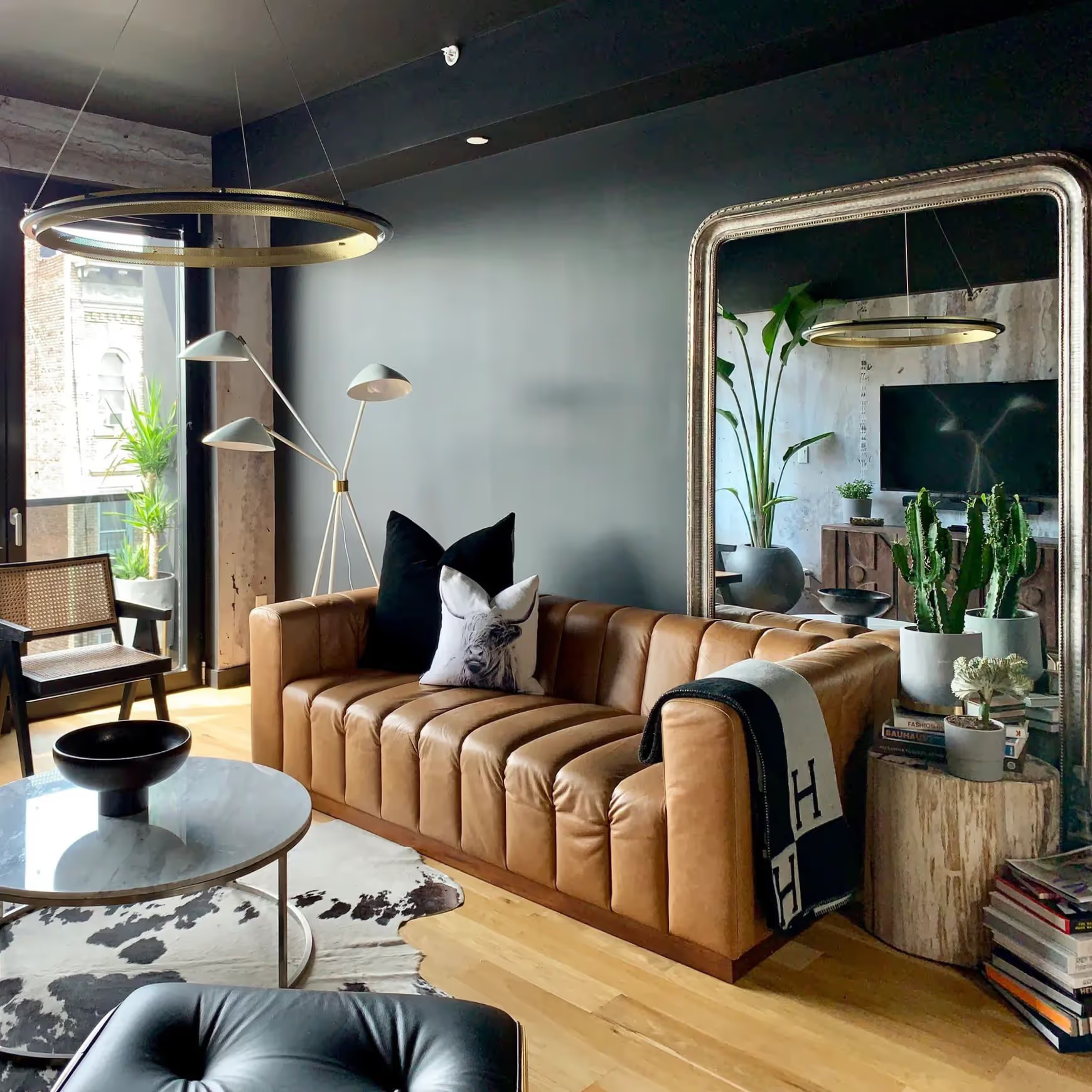
CREDIT: Alvin Wayne
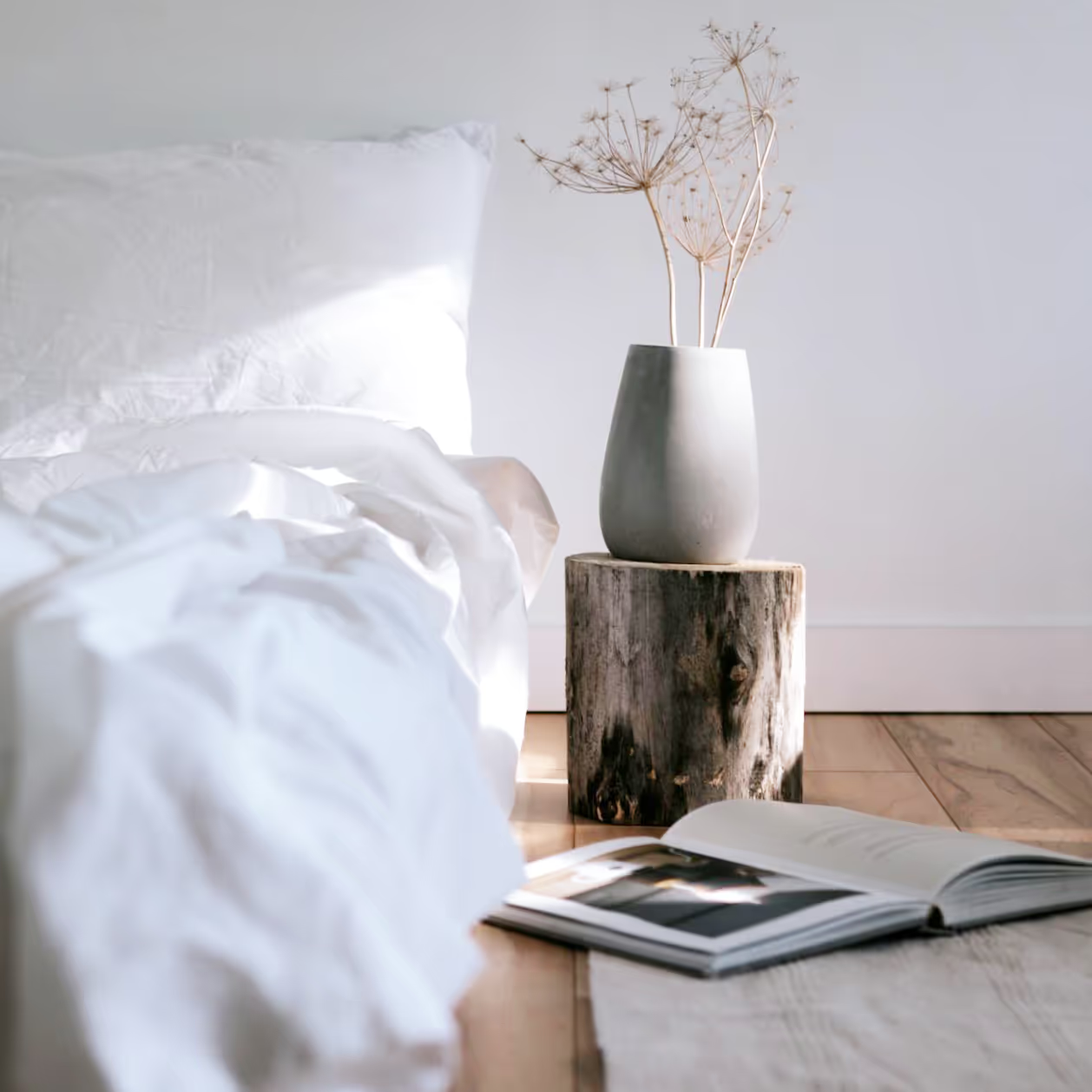
CREDIT: PNW Production

CREDIT: Luke Arthur Wells
Indoor plants help improve air quality too, although you'd need a lot of them to make a beneficial difference. But having real plants in the home add a visual and sensory connection to nature which can help to reduce anxiety.
Placing a variety of plants around the home is a fundamental aspect of biophilic design. This could be anything from one or two potted plants to substantial living walls or indoor gardens.
Plus it’s fabulous to care for them and watch them grow. I love houseplants and I find the act of houseplant gardening and plant care to be very therapeutic, providing a form of mindfulness and a break for me from the digital world.
A water feature within the home can provide a restorative experience and help connect you to nature. It can be as grand as a rain chain used as a room-divider, a small table top water feature, or even an aquarium of tropical fish. It is important to celebrate water as a precious resource, so always aim for a closed-loop system that does not create a significant water burden.

CREDIT: Sami Abdullah
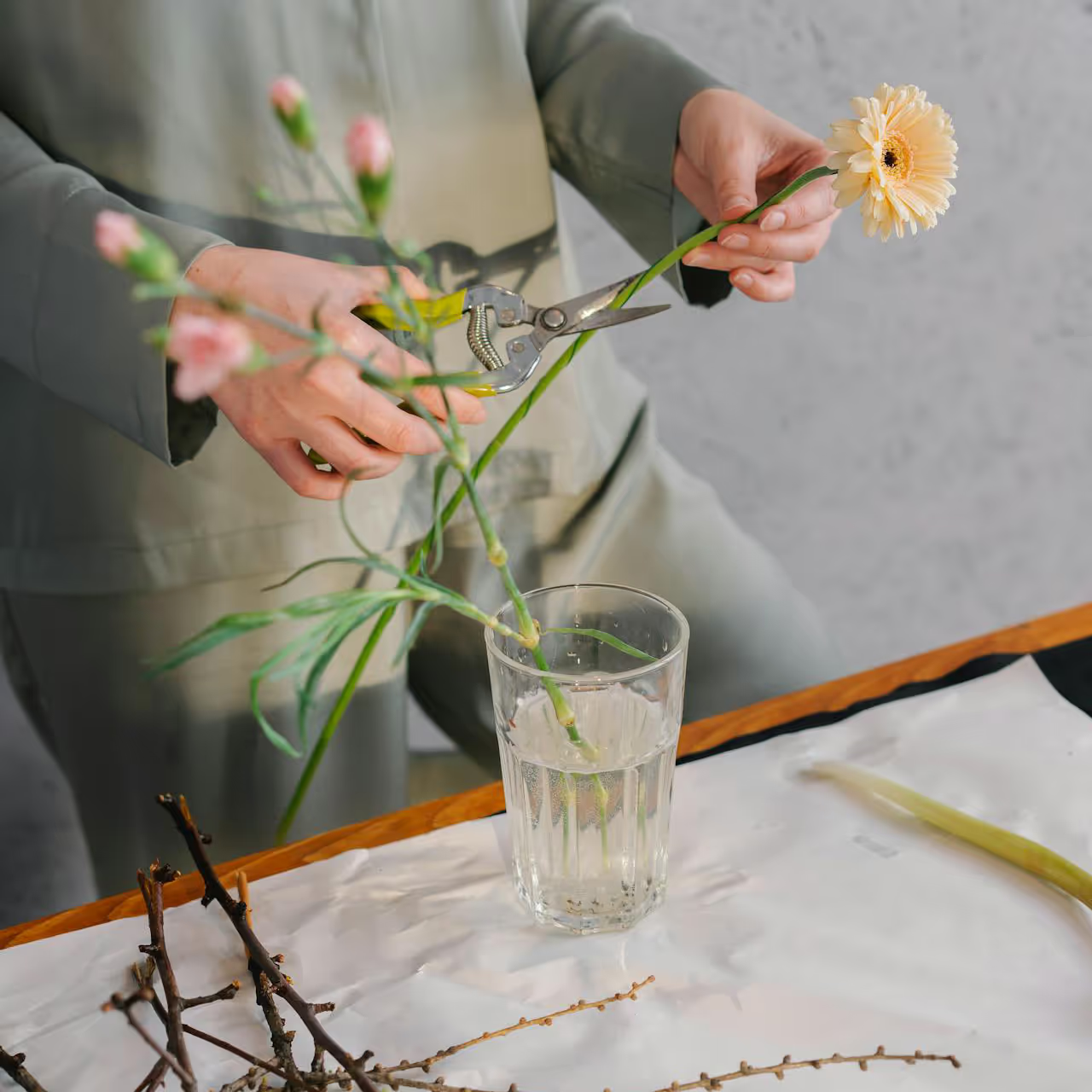
CREDIT: Mikhail Nilov
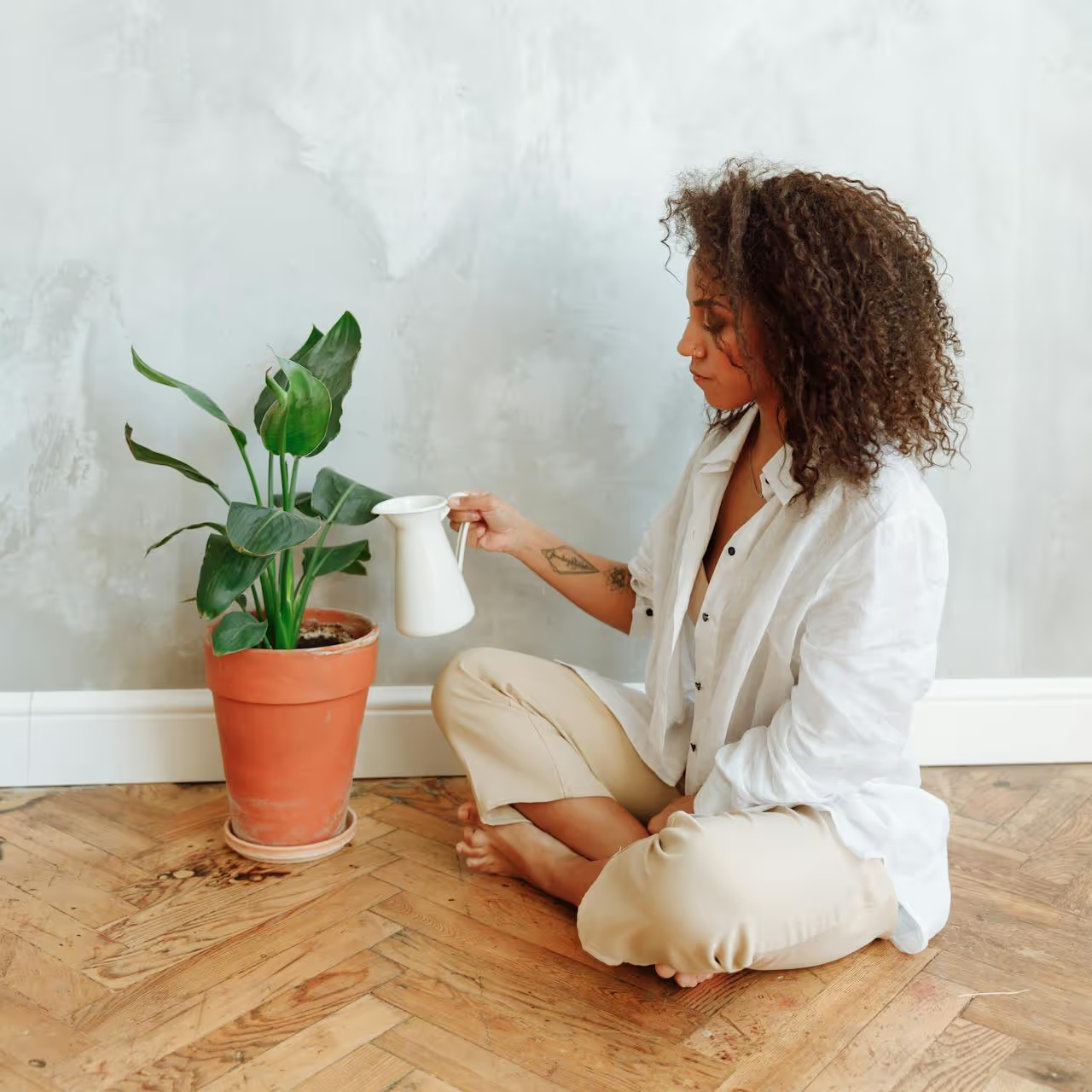
CREDIT: Thirdman
Playing sounds from nature within your home is very calming and can significantly reduce stress hormones and enhance mood.
Pop on a playlist of bird song, woodland sounds, waves lapping a shore, or wind gently rustling through trees. Try it. It will take you a place that rhythmic manmade music doesn’t quite reach.

CREDIT: Petr Ganaj
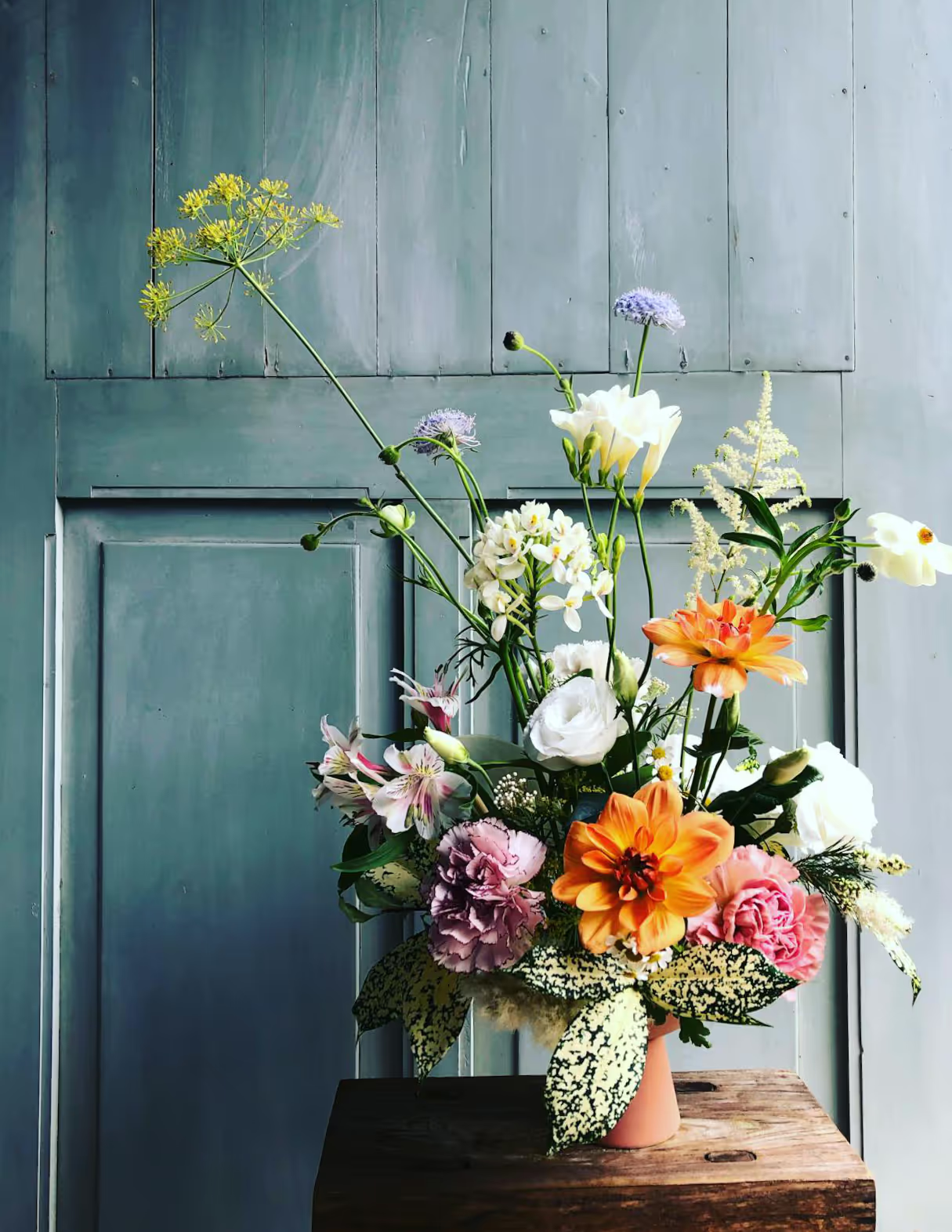
CREDIT: Leenee Chuang
Green is the star of any biophilic palette but a room doesn't have to be all green. Pair it with off-whites, sandy neutrals, soft ocean blues or blush tones for balance, and to transform a space into a calming retreat.
Always avoid harsh reds or neon brights that jar against nature’s calm. It is important that you choose soothing, relaxing colours to create a restful living environment.
Just look to nature for inspiration.
You might choose to keep your walls neutral and pale to reflect light, and introduce green via your houseplants and perhaps some cushions, pictures on the wall, and accessories.
Or, for something more impactful, you could paint a single wall or the whole room green for more enveloping feel.
Green can be many shades from lush tropical leaves, to sea greens.
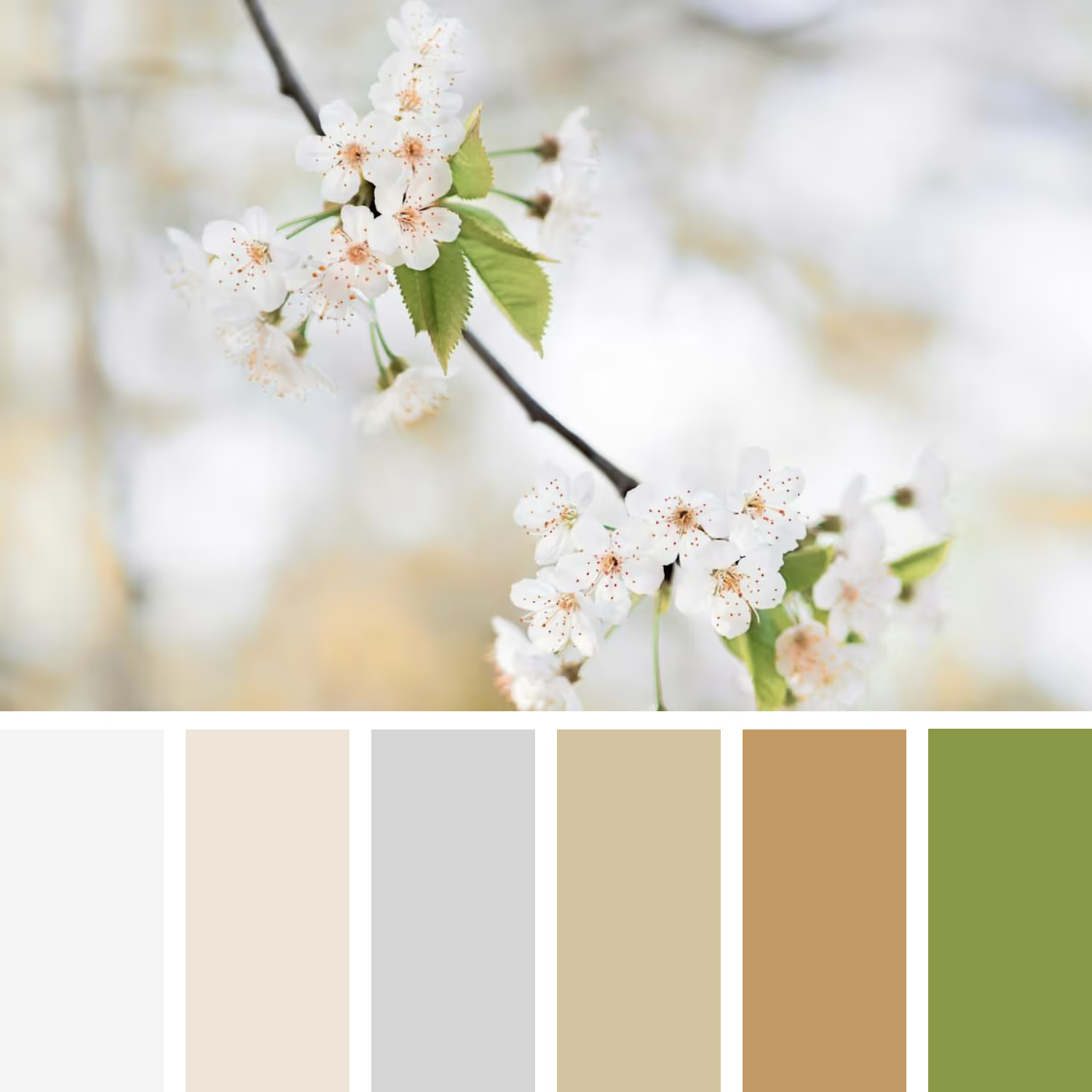
CREDIT: Ziboh Interiors
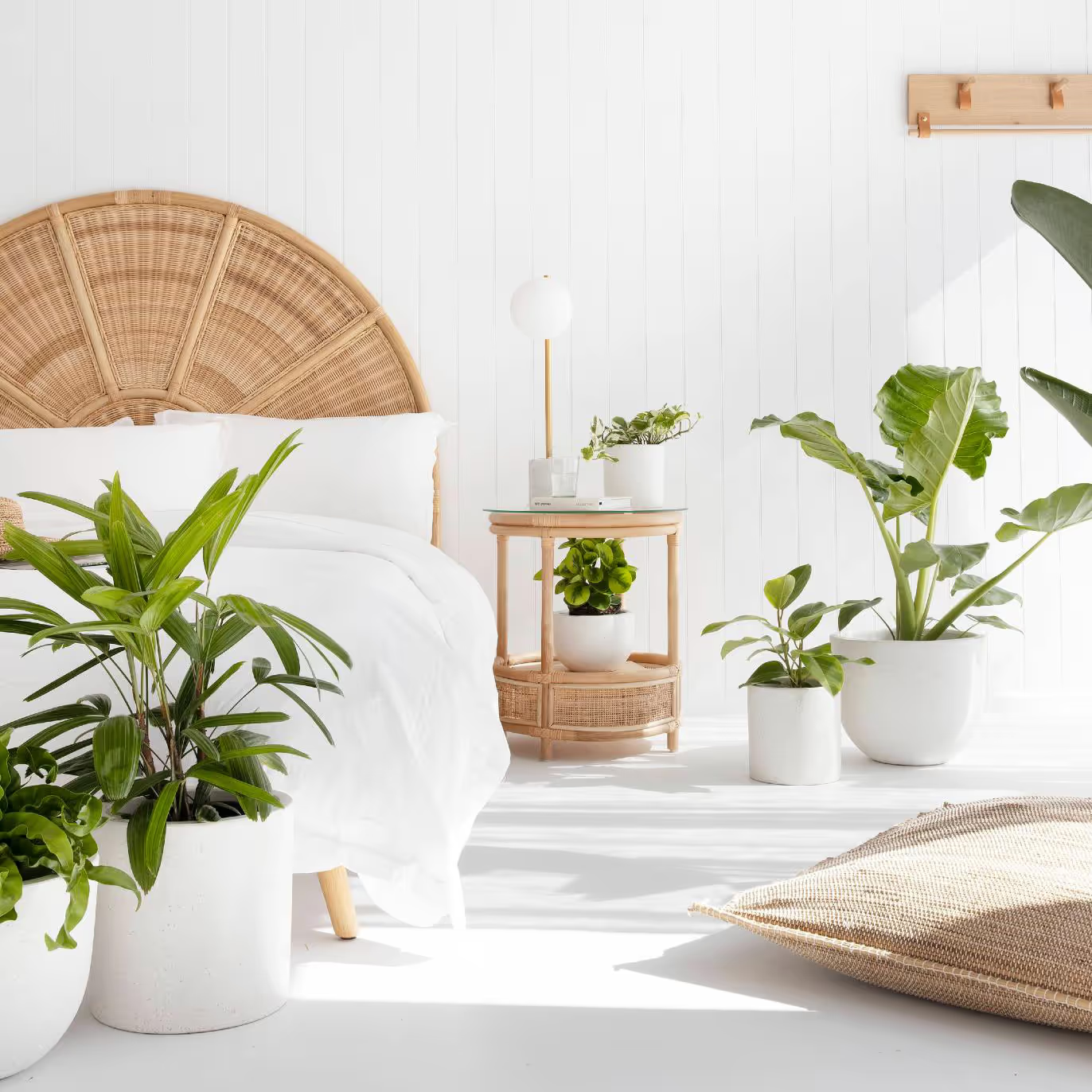
CREDIT: the good plant co
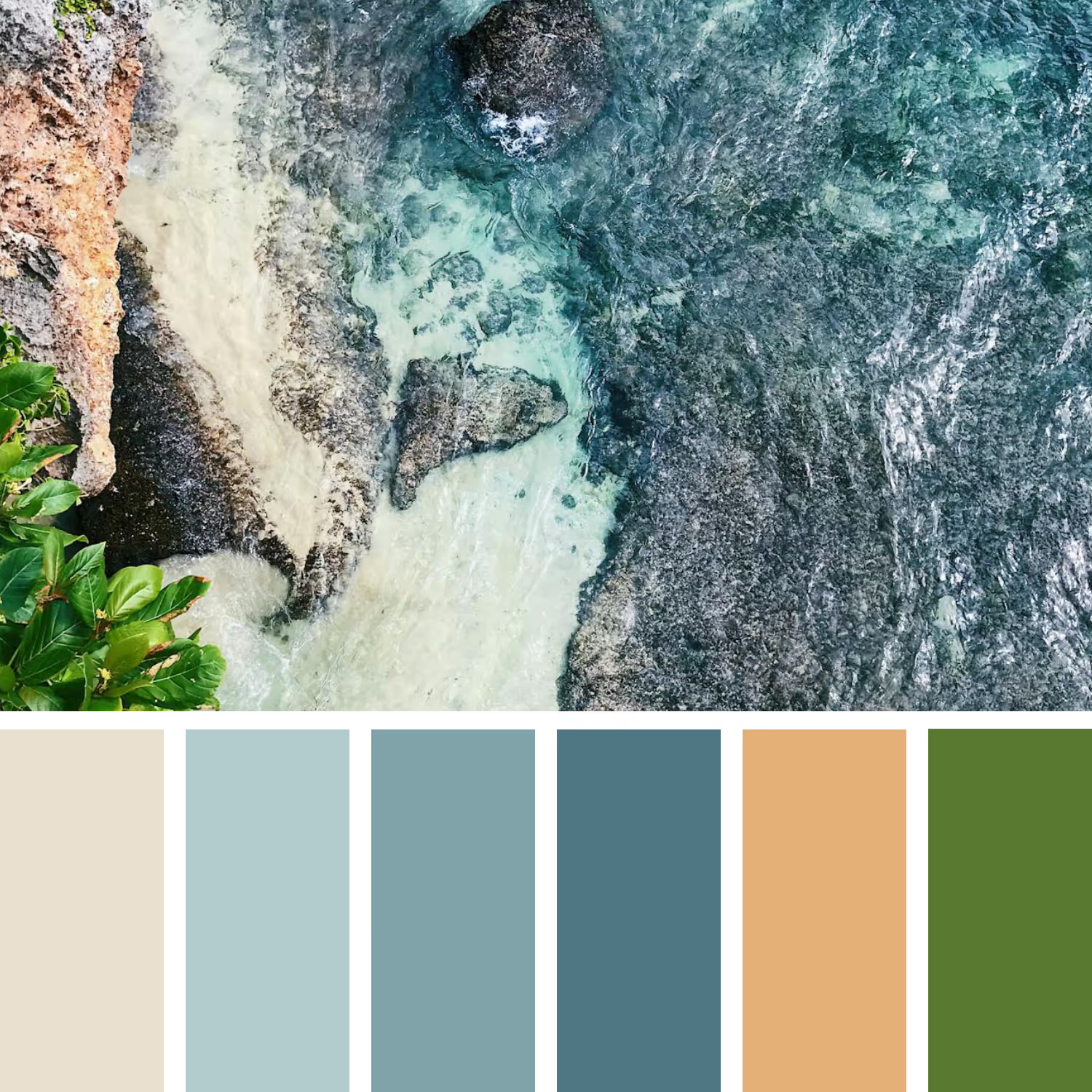
CREDIT: Ziboh Interiors
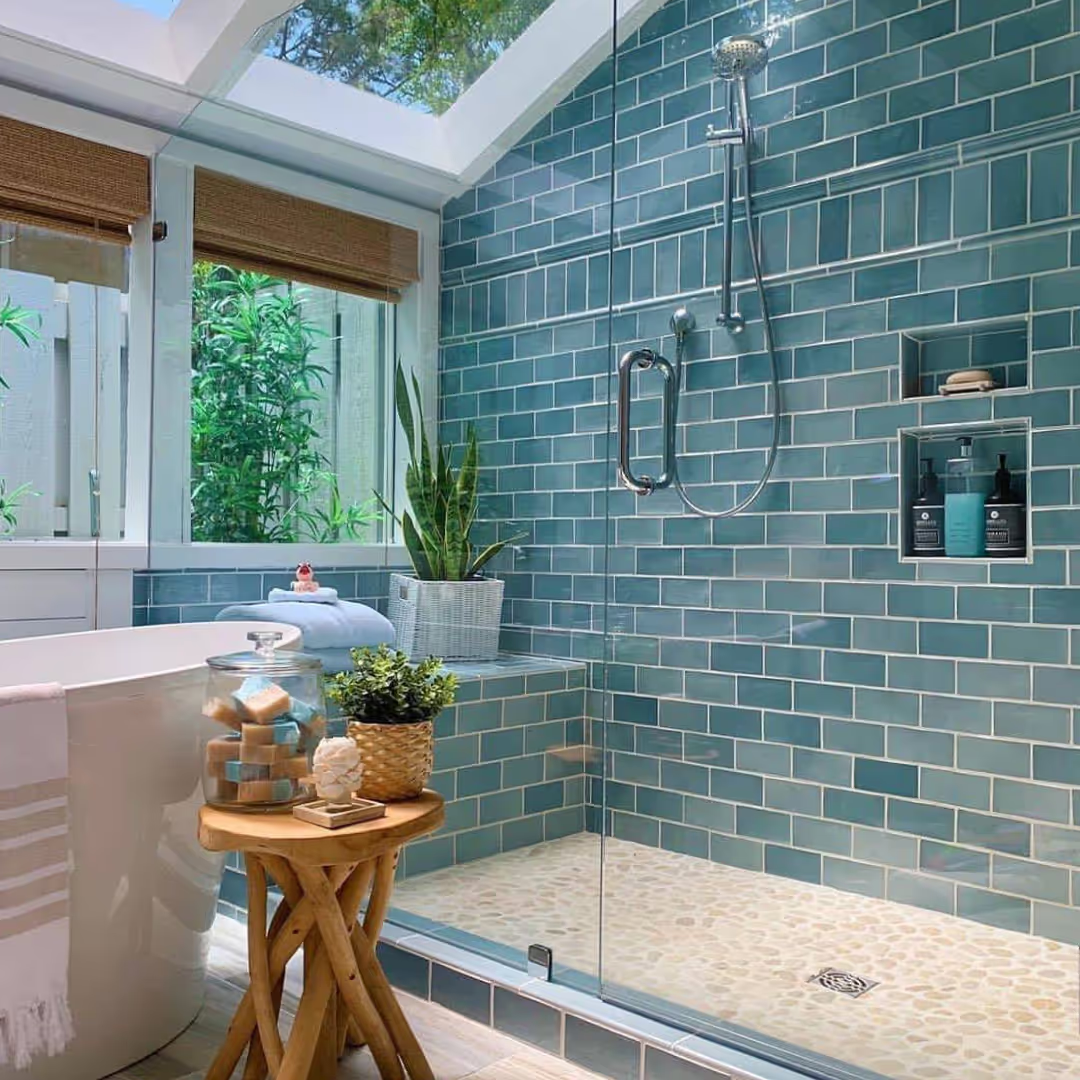
CREDIT: @gracecottagehhi
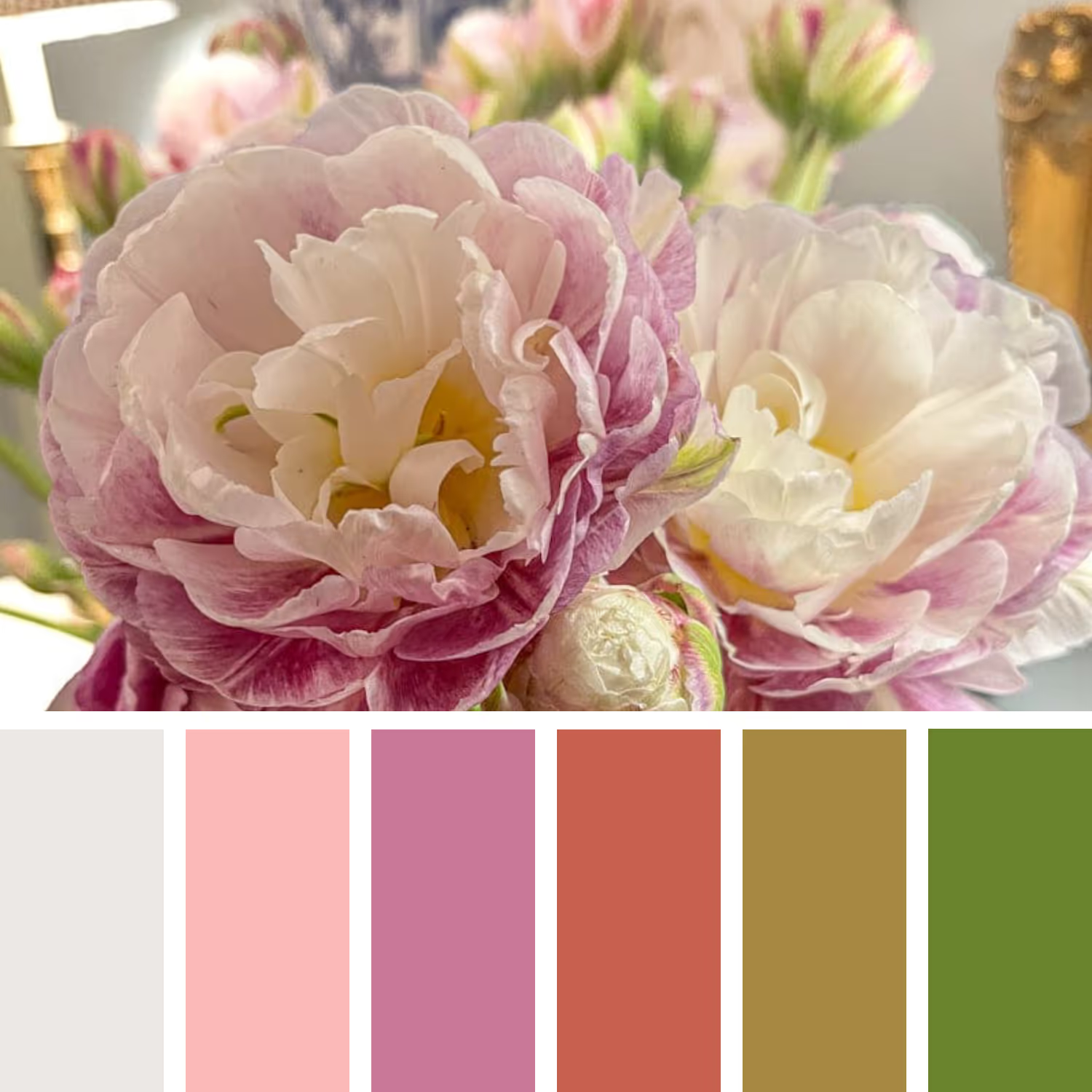
CREDIT: Ziboh Interiors
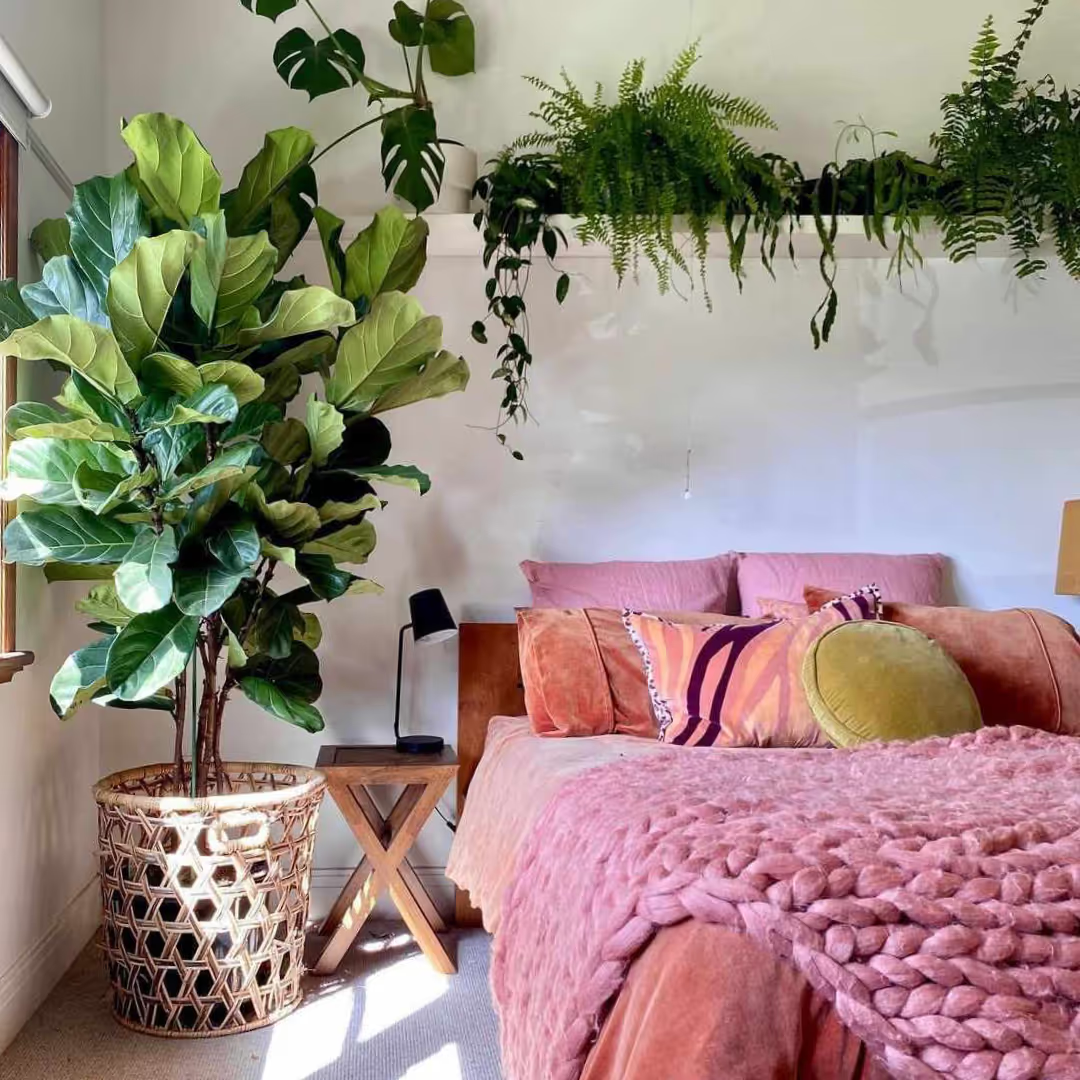
CREDIT: the spruce
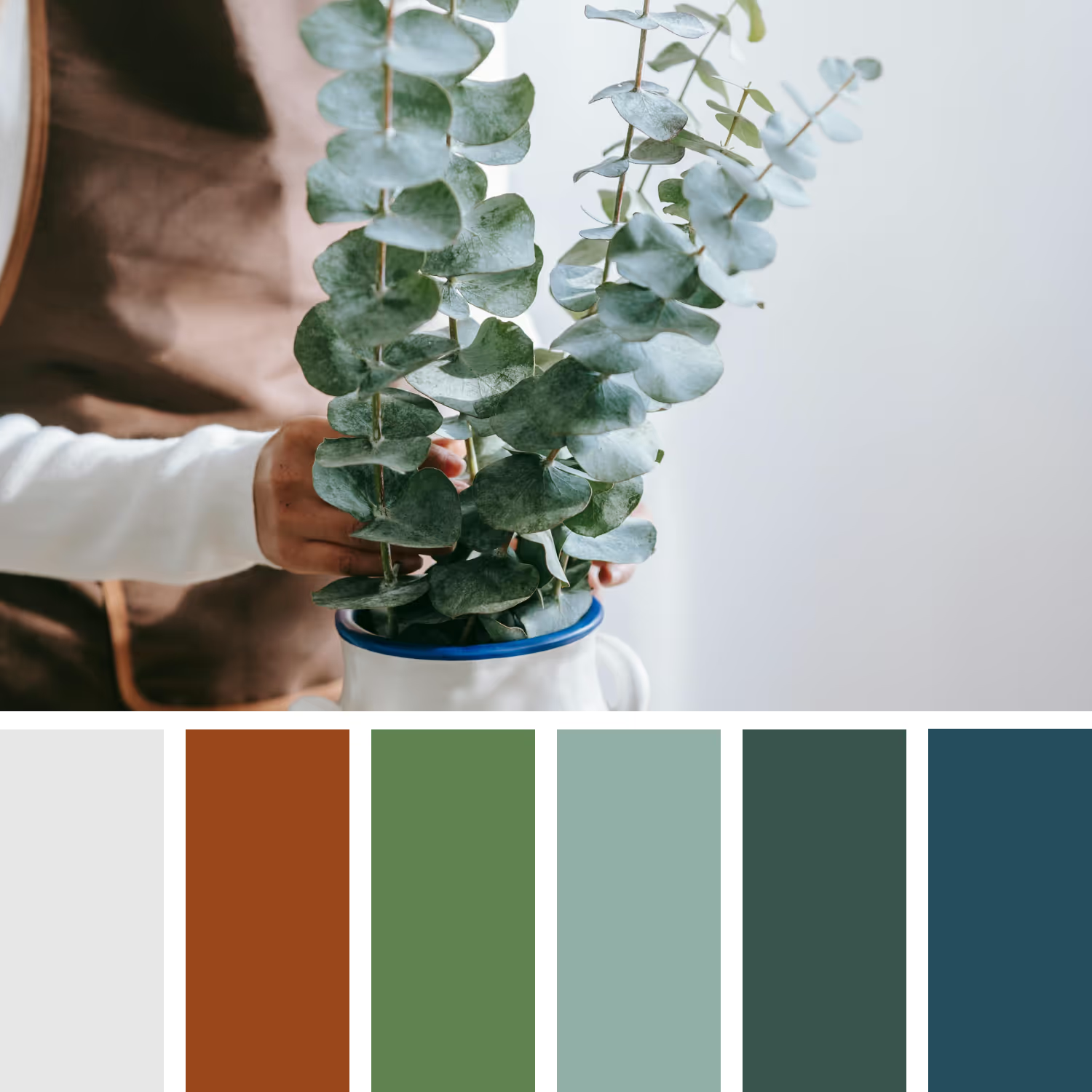
CREDIT: Ziboh Interiors
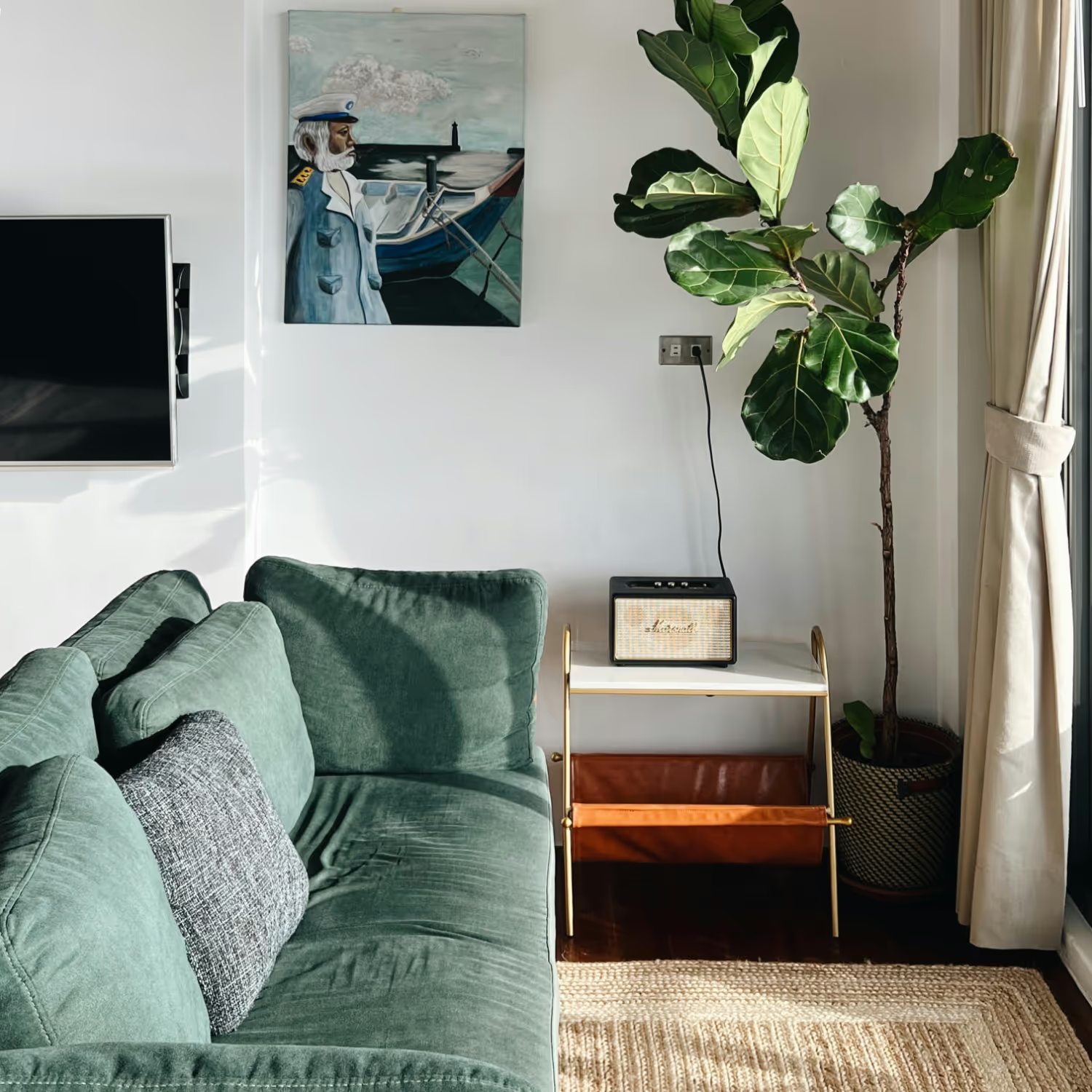
CREDIT: Rosie C
There’s a reason offices, schools, and hospitals are starting to adopt biophilic design principles too. Studies show that being in nature-inspired environments improves concentration, creativity, and productivity.
This is because humans are naturally wired to respond positively to nature. When we’re surrounded by natural light, greenery, and organic textures, our brains release feel-good hormones, our stress levels drop, and our ability to focus improves — all of which make us feel calmer, healthier, and more engaged at work.
In hospitals, biophilic design helps patients recover faster and feel less stressed by creating a more soothing, natural environment. Exposure to daylight, views of nature, and natural materials has been shown to lower blood pressure, reduce pain perception, and improve overall wellbeing — helping both patients and staff feel more relaxed and supported.
Biophilic design in a school environment has been shown to improve concentration, attendance, and overall student wellbeing. Natural light, fresh air, greenery, and organic textures help reduce stress and fatigue, making classrooms calmer and more engaging places to learn — and even boosting academic performance and creativity.
At home, this means you might feel more inspired in your home-office, more relaxed in your living areas, and more content overall.

CREDIT: Janko Ferlic
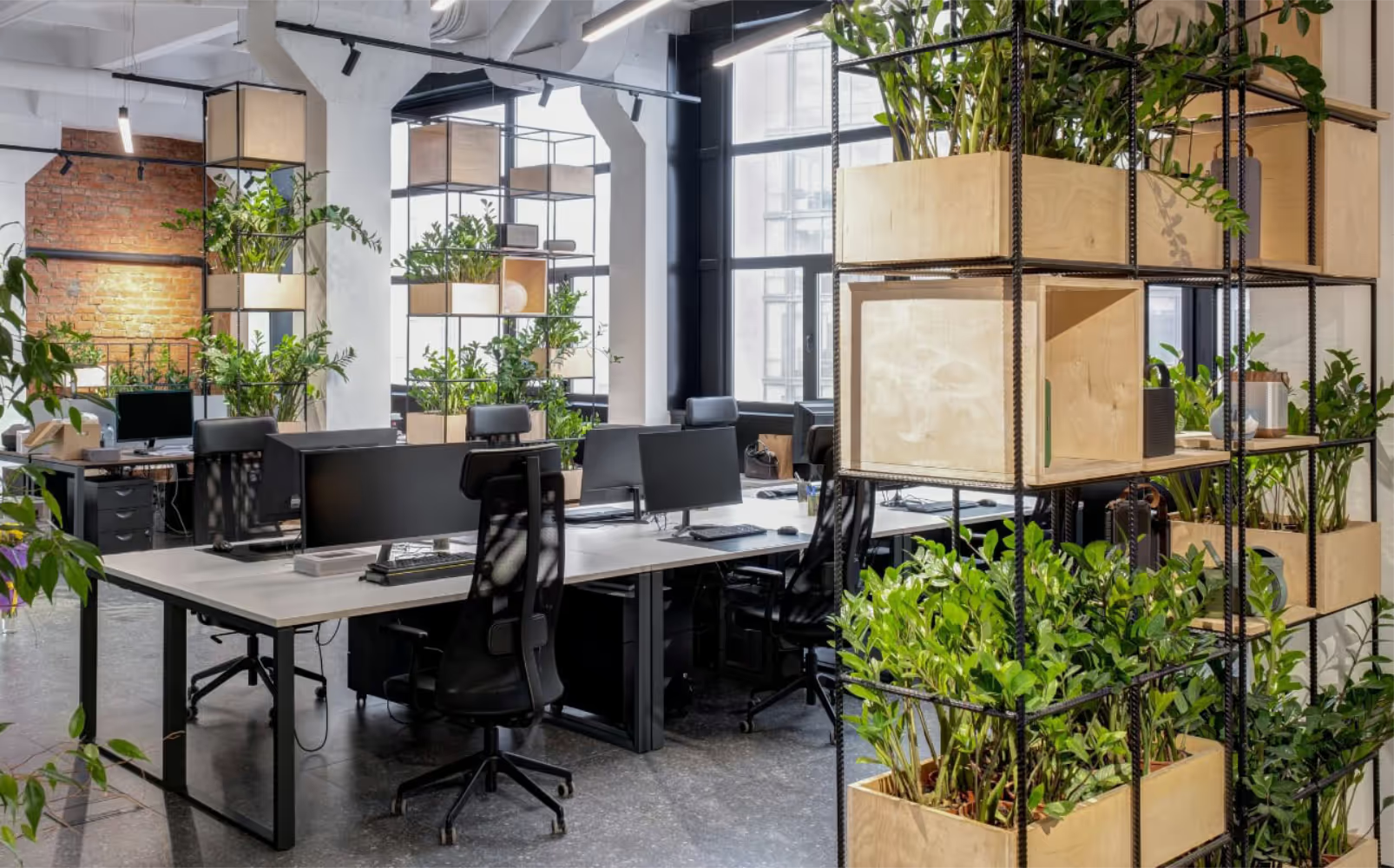
CREDIT: Office:reno
We might not be able to plant trees in the middle of our living rooms, but we can still bring the essence of the natural world indoors. This is the heart of biophilic design, and one of the easiest ways to boost wellbeing at home is through what’s known as indirect nature—the colours, textures, shapes and views that remind us of the outdoors.
Homes with natural textures, organic shapes, and materials like wood, stone, linen, and clay feel more grounded and timeless. They age naturally, in a beautiful way by developing character over time.
There’s something comforting about living in a space that feels real, tactile, and connected to the world outside your windows.

CREDIT: Curtis Adams

CREDIT: Stephanie Your Traveling Pen Pal
It can be either.
There’s no strict rule that biophilic interiors must be ultra-modern, despite what the glossy architecture shots might portray.
Biophilia can be incorporated into any home, whether it's a modern new build, a thatched cottage, or a city penthouse apartment.
The key is to keep the focus on nature and create a sense of calm. Limit clashing patterns and let natural materials shine.
Add natural materials like wood, slate, bamboo, cork, stone, and rattan—these all work wonders indoors. They add warmth and character while giving you that tactile connection to the outdoors—textures you want to touch, as well as look at.
Linen, wool and cotton make perfect companions for cushions, curtains and upholstery. They’re durable, breathable and beautiful. Patterns aren’t off-limits either—botanical prints can be bold or subtle, working just as well in a modern loft as in a cosy cottage.
As for furniture, where possible, choose pieces made from reclaimed or sustainable materials. Shapes matter too—soft curves, flowing lines and rounded edges mimic the forms we see in nature, making a space feel more comfortable and inviting than harsh, straight angles.
If your home already has exposed brick, old beams or reclaimed wooden floors, show them off. These elements instantly ground a space and connect it with history. For underfoot comfort, go for natural rugs—jute is a brilliant option and far kinder to the planet than manmade fibres.
If you’ve got a garden, tree, or even a patch of greenery outside, make the most of it by rearranging furniture to face that view. If not, try placing outdoor planters where you’ll see them through the window, or introduce artwork inspired by landscapes. Even simulated views of nature can have a calming effect.
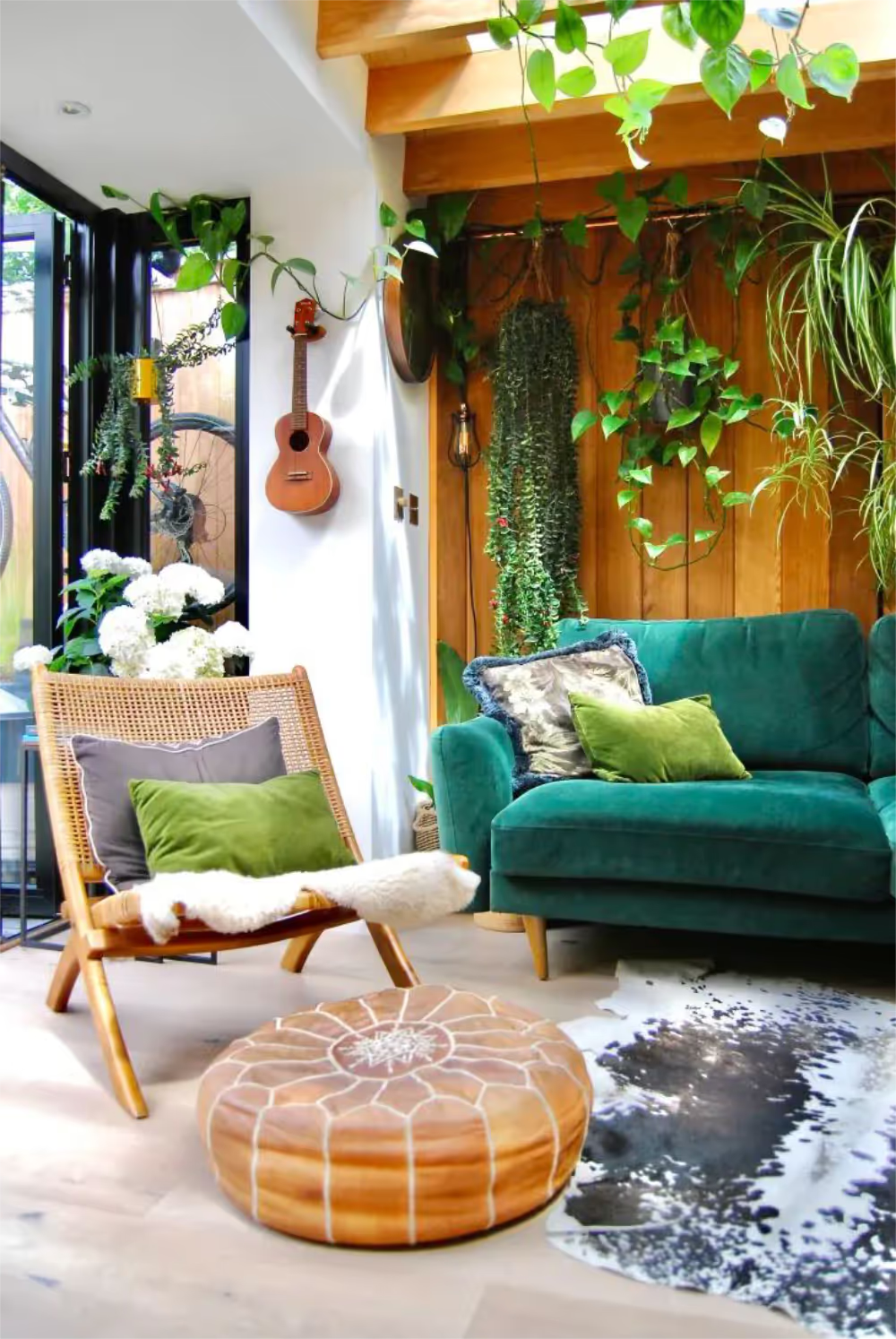
CREDIT:Selena Kirchhoff

CREDIT: Garry Lomas

CREDIT: Calsey Banks
When we design with biophilia in mind, we naturally start to make more thoughtful choices – favouring sustainable materials, locally crafted pieces, and designs that stand the test of time. It’s not just about style; it’s about creating homes that are good for us and for the planet.
Bringing nature into our homes isn’t just a trend – it’s a return to something we all need. Biophilia helps us slow down, breathe, and feel more at home in every sense of the word.